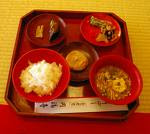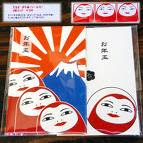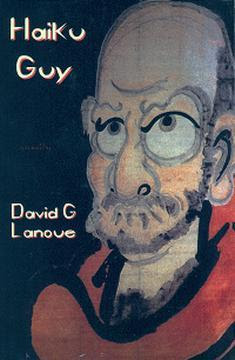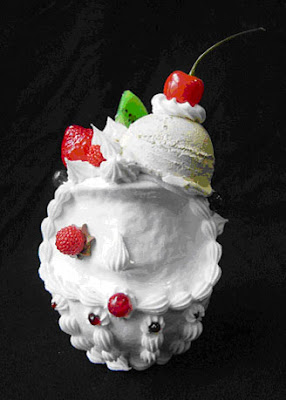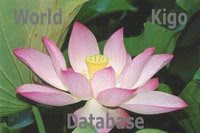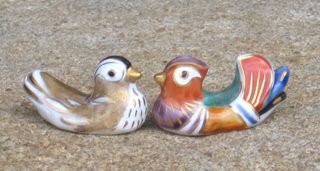:::::::::::::::::::::::::::::::::::::::::::::::::::::::::::::::::::::::::::::::::::::::::::::::::::::
Temple Cho-o-Ji 長翁寺
Chooji chooooji chououji
緑区鳴海町 曹洞宗 長翁寺 (ちょうおうじ)
former Owari Province, now a part of Midori-ku, Nagoya city.

Yakushi Hall
This temple is situated at the old Tokaido station Narumi 鳴海宿 .
It was founded in 1582. It is also famous for its statue of Yakushi Nyorai, Buddha of Healing, where even Oda Nobunaga came to pray.
Statue of Daruma

© PHOTO : cecile.gr.jp
:::::::::::::::::::::::::::::::::::::::::::::::::::::::::::::::::::::::::::::::::::::::::::::::::::::
Close by is a "Daruma Hill",
Daruma Zuka だるま塚
Shrine Narumi Jinja 成海神社
Daruma Dolls are burned in a ritual after they have helped people to realize a wish.

© PHOTO: http://toppy.net/nagoya/
:::::::::::::::::::::::::::::::::::::::::::::::::::::::::::::::::::::::::::::::::::::::::::::::::::::
Narumi-juku 鳴海宿
was the 40th of the 53 post stations of the Tokaido Road, which connected Edo (present-day Tokyo) and Kyoto in the Edo period (1603-1868). It was located in current Narumi-cho, Midori-ku, Nagoya City in Aichi Prefecture. Narumi-juku thrived on tie-dyed cotton fabric that was produced in Arimatsu located between Narumi-juku and the next post station, Chiryu-juku. Many shops selling tie-dyed cotton products stood along the road, which was depicted in Ando Hiroshige’s “The Fifty-three Post Stations of the Tokaido Road.”

In Seiganji Temple in the town stands the oldest stone monument in memory of the master poet, Matsuo Basho. The old battle field of Okehazama, where Oda Nobunaga established his reputation in the Warring States period (1493-1573), is located just past this town.
Having traveled about 350 km from Edo, a traveler in tie-dyed haori coat might have set out for the 13 km walk to the next Miya-juku post station, thinking of the remains of the warriors’ dreams as Basho did. This must have been a divine favor that only a traveler can enjoy.
© nippon-kichi.jp
:::::::::::::::::::::::::::::::::::::::::::::::::::::::::::::::::::::::::::::::::::::::::::::::::::::
. . . . . H A I K U
鳴海 「誓願寺」 芭蕉堂の芭蕉像
Statue of Matsuo Basho at Temple Seigan-Ji
The statue was made by Takashima Kaemon. 高島 嘉右衛門.
Kaemon, his name was also 寺島安信, was one of the six students of Basho in Narumi.

© PHOTO : chiiki-minami.jugem.jp
Shimosato Chisoku 下里知足, Basho and Narumi
. Matsuo Basho 松尾芭蕉 - Archives of the WKD .
More about Narumi Shrine.
よき家や雀よろこぶ背戸の粟
yoki ie ya suzume yorokobu sedo no awa
what a splendid house -
the sparrows are delighted
with millet at the back door
A congratulation to the younger brother of Chisoku :
. WKD : Millet, barn millet (hie) .
- - - - -
都も遠くなるみがたはるけき海を中にへだて
miyako mo tooku Narumigata
harukeki umi o naka ni hedatete
As I stand alone
On the beach of Narumi,
I feel the expanse of the sea
That severs me so
From the ancient capital.
Asukai Masaaki 飛鳥井雅章
Tr. Mark Anderson
:::::::::::::::::::::::::::::::::::::::::::::::::::::::::::::::::::::::::::::::::::::::::::::::::::
Daruma Temples in Japan
Daruma Museum
:::::::::::::::::::::::::::::::::::::::::::::::::::::::::::::::::::::::::::::::::::::::::::::::::::::

